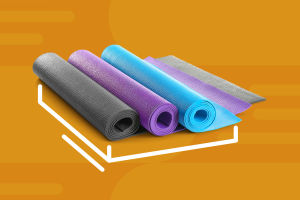Although today's technological development has entered the era of 3-dimensional computer printing technology, the traditional ceramic production process in the creation of ceramic art will certainly still occupy an important position.
There are three main types of traditional ceramic artworks: hand-building techniques, billet-making techniques, and mold-making techniques. Hand-building techniques can be divided into three categories in ceramic art teaching: Pinch Method, Coil Method, and Slab Method.
The Pinch Method is one of the most basic ceramic molding techniques. Pinching a small piece of clay into an animal or figure is the first step for many children to learn how to make pottery. Skilled folk artists can make many intricate forms using the pinch method. Kneading is a very expressive technique. The fingerprints left behind when kneading can also create very interesting textural effects.
The Coil Method is found in pottery from primitive societies around the world and can still be seen in many folk pottery workshops. The maker rolls the clay dough into uniformly thick and thin strips. The strips of clay are then coiled and overlapped vertically in the desired shape.
The horizontal stripes on the surface of the object can be polished by hand or with tools, or some of the stripes can be left as decoration. The size of the piece depends on the thickness of the stripes.
The Slab Method is also one of the traditional ceramic molding techniques. Generally speaking, the maker can obtain a slab of clay by rolling it with a rolling pin, cutting it with a wire, or slapping it. Slab shaping is similar to body-measuring and is the most common hand-building technique for sculpture or vessels. From a simple square box to a complex human form, the technique can be used.
China is a country of ceramics, the size of the kilns such as the sand of the Ganges, porcelain types are thousands, and there are four types of porcelain most prestigious. The next is to introduce them.
1. Song dynasty Ru kiln
The song dynasty is a major peak of Chinese porcelain. There are five famous kilns, respectively, Ru kiln, Jun kiln, official kiln, Ding kiln, Ge kiln, and Ru kiln is ranked among the top five famous kilns, since ancient times there is "Ru kiln as the leader" statement.
2. Blue and white porcelain
Blue and white porcelain first appeared in the Tang Dynasty but flourished in the Yuan Dynasty. smalt is the best cobalt material, produced in the two river valleys, with high iron content and low manganese content, so the firing out of the blue and white porcelain pattern is extraordinarily colorful, so the Yuan blue and white porcelain stands out, Jingdezhen also laid the porcelain capital status, and became the world center of firing porcelain in the Middle Ages.
3. Tang Tri-Color Glazed Ceramics
Tang Tri-Color Glazed Ceramics is a kind of low-temperature glazed pottery that flourished in the Tang Dynasty. The glaze has yellow, green, white, brown, blue, black, and other colors, while yellow, green, and white are the main colors, so people used to call it Tang Tri-Color Glazed Ceramics.
4. Yongzheng Pastel
Yongzheng pastel is rich and varied in color, bright and soft, fresh and brilliant, elegant and beautiful, of which carmine red and lemon yellow are the most famous. Yongzheng also loved it the most and classified it as the exclusive use of the royal family, and ordinary people were not allowed to overstep it.


